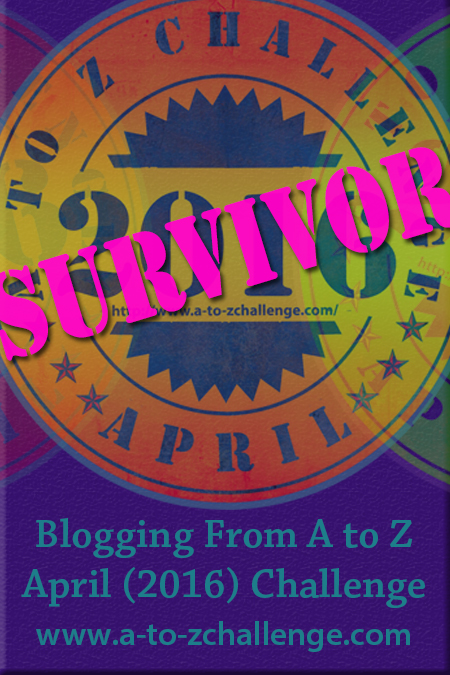As the week ended, we left Shearwater and motored down to
Sea Otter Inlet, an all-weather
anchorage, off Fitz Hugh Sound to wait out more gale-force winds. By Friday
morning, Environment Canada had bumped that up to storm-force but if anything
moved through our area (it did), we didn’t notice. We swung a bit at anchor and
could hear the wind howling above us, but never saw more than a light ripple on
the water. We had the place to ourselves and something tells me we were some of
the most fortunate cruisers on the coast that day.
It
came through quickly and on Saturday we were able to move down to Fury Cove to
set ourselves up for a Cape Caution rounding. Despite the fact that we were down to
five days before our insurance rider expired, we weren’t in a rush. There was a
three metre westerly swell off the cape and we needed that to die down to one
metre or less before could go. It’s no accident we chose Fury Cove to wait. There
are anchorages closer to Cape Caution, but none of them have beautiful white sand beaches to enjoy.
Sunday
came . . . and went. West Sea Otter reported a 2.3 metre westerly swell. On Monday,
it was still at 1.9 metres, so we weren’t going anywhere except the beach where
we lounged around like lizards on logs. We left too soon, though. After getting
back to the boat, there were at least eight humpback whales in Fitz Hugh sound
fishing and putting on a show. We could see some of the action through
binoculars but, by that time, were too far away. I managed to catch sight of an
osprey though (my first), so that’s something.
Tuesday
was our day. The sea state had settled enough that we were able to up anchor in
the morning and make the passage. Things were good to start, but as soon as we approached
Egg Island we were in fog with less than 100 feet of visibility. Needless to
say, it was a very long day. Our first sight of land didn’t come until three o’clock as we were approaching Miles Inlet, our anchorage for the night. I did see three or four sea otters,
though (which I had mistaken for logs so I wasn’t able to take any pictures).
They came as a surprise. The entire population in British Columbia was wiped out decades ago by the fur trade. There
was an effort to reintroduce sea otters to the coast during the 70s. The
program was successful and the population has increased by as much as 19% a
year, but this is the first time we’ve seen them this far north (with the
exception of SE Alaska) and beyond the west coast of Vancouver Island – so
that’s good news.
We’re
south of Cape Caution now with two days to spare. But we’re in no mood to slow our pace.
The fall storms are beginning to roll over the Pacific High and the farther
south we can get, the better off we’ll be weather-wise. So, despite the fact
that Miles Inlet is a new anchorage for us and looks like an interesting place to
kayak and explore, there’s no time for that. In fact, we didn’t even have the
time to take pictures. No sooner had we dropped the anchor than the marine
layer rolled in, drowning us in fog.
Note: This
blog was written Tuesday, 13 September 2016























